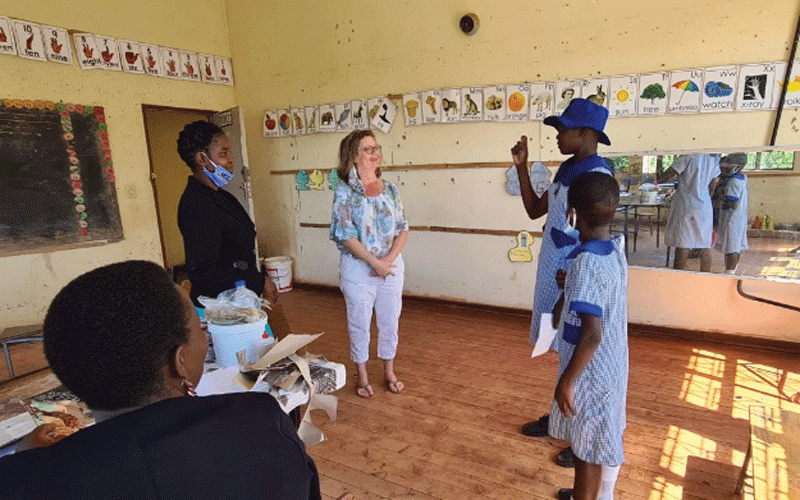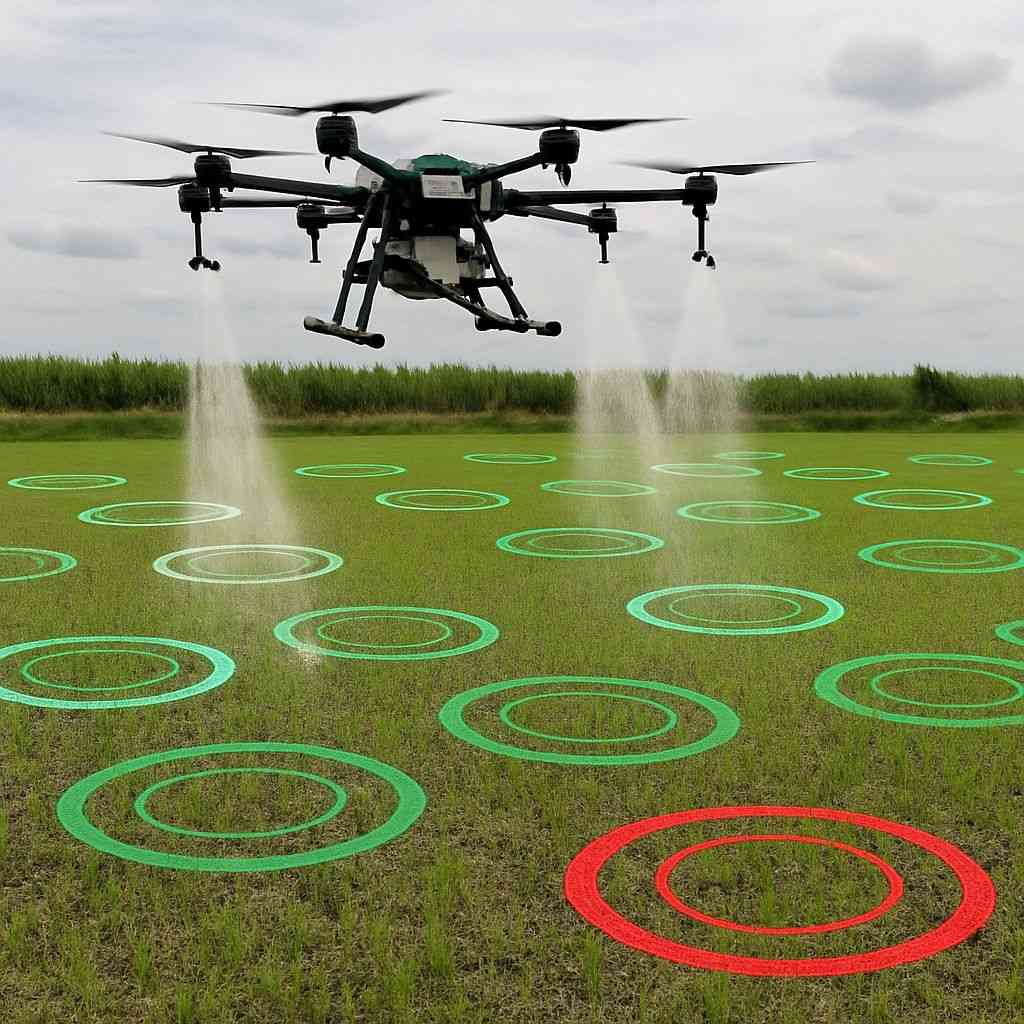
In a world where education is the key to unlocking potential, deaf children often face insurmountable barriers.
However, a growing movement is challenging the status quo, advocating for inclusive education and empowering deaf students to reach their full potential.
Deaf education is not just about academics it's about providing the right tools and support to enable deaf students to thrive.
When deaf children are given the opportunity to learn in an inclusive environment, they can achieve greatness. Inclusive education emphasizes the importance of creating a supportive learning environment that addresses the unique needs of deaf students.
One of the significant challenges facing deaf students is the lack of qualified teachers who can sign proficiently.
Only a few teachers are trained in deaf education, making it difficult for deaf students to access quality education.
However initiatives like Emerald Hill school of the Deaf , Deaf Zimbabwe Trust and other sign language institutions Royal Sign Language Institute, Sunrise Sign language academy and others that are working to bridge this gap by providing people with sign language to be able to communicate with the deaf and also showing deaf skills that deaf people can!
Technology is revolutionising the way we approach deaf education. Assistive technologies like video relay services, captioned videos and real-time text applications are making education more accessible.
- Looming showdown between teachers, Govt
- Domestic violence victim laid to rest
- Schools closure fuel drug abuse
- Riding roughshod on restive workers will backfire Mr President
Keep Reading
Artificial intelligence (AI) is also being explored as a tool to enhance communication between deaf students and their teachers.
AI-powered computer vision systems and 3D signing avatars can recognise and translate sign language in real-time, enhancing communication and creating a more inclusive learning environment.
Empowering deaf students requires more than just access to education; it requires creating an environment that values and supports their unique needs.
This includes providing additional support to deaf students at school and in the community, recognising their specific needs and investing in training teachers to equip them with the right skills and knowledge to teach deaf children.
The future of deaf education looks bright, with initiatives that support the deaf education paving the way for a more inclusive and supportive learning environment.
As we move forward, it's essential to prioritise community involvement and feedback, ensuring that solutions meet the actual needs of deaf students.
By working together, we can create a brighter future for deaf students and empower them to reach their full potential.
Recommendations
To improve the prospects of deaf school children, the following recommendations have been proposed:
- Ensure digital learning is accessible for all learners, including those with disabilities and those from economically disadvantaged backgrounds.
- Invest in training teachers to equip them with the right skills and knowledge to teach deaf children.
- Provide additional support to deaf students at school and in the community, recognizing their specific needs.
- Conduct further research to understand how deafness intersects with other factors that lead to disadvantage.
By implementing these recommendations and continuing to prioritise inclusive education, we can empower deaf students to break down barriers and achieve greatness.
— Shalom Muzavazi











